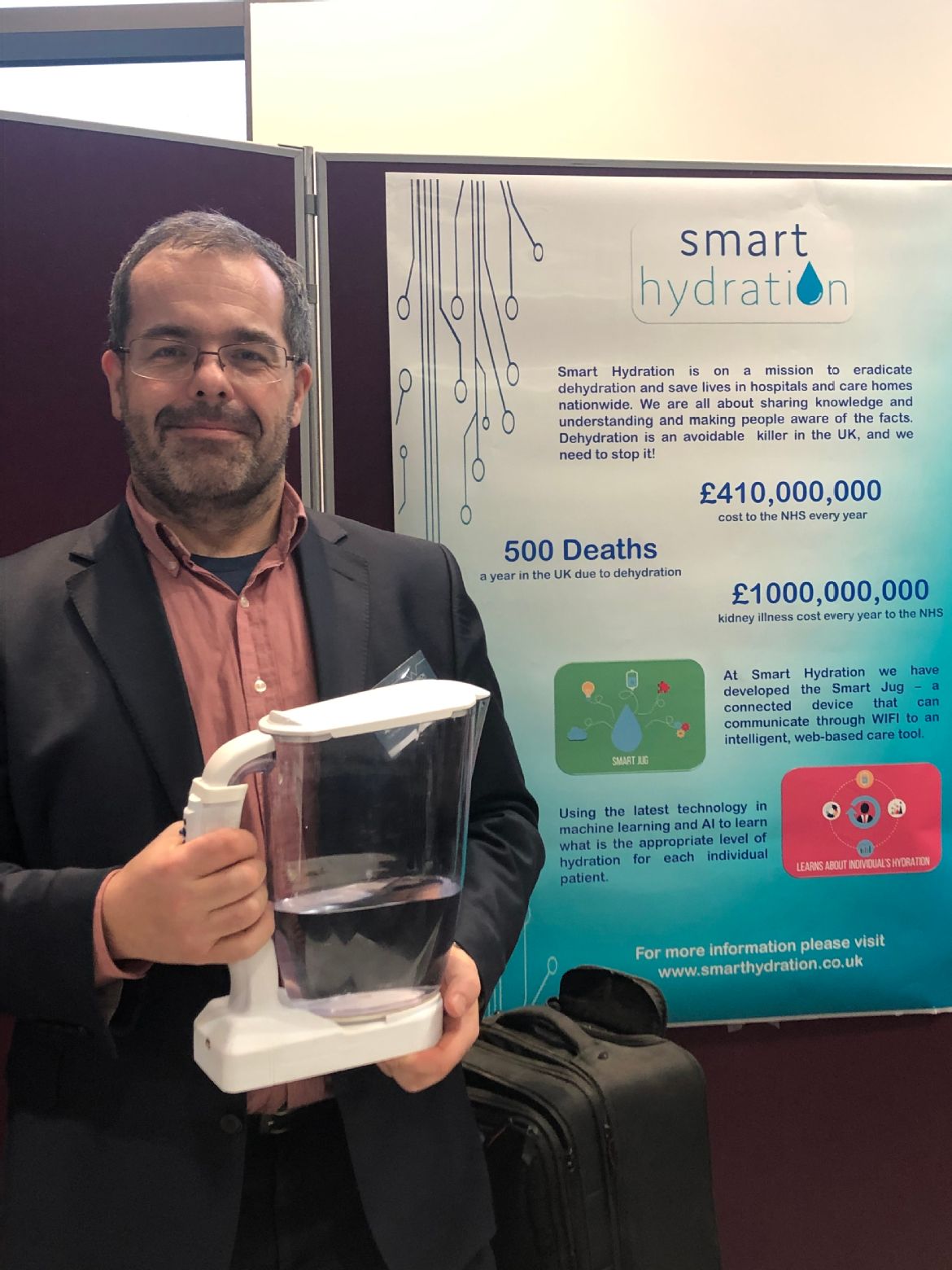2019 Industry Day - Sensors
From the electrical to the ultrasonic, sensors play an indispensable role in a wide range of industries.
The University hosted its inaugural Sensors Day, designed to showcase the great potential of academic and industrial partnerships in the development and deployment of sensor technology.
The event welcomed more than 150 delegates from both industry and academia. A total of 45 companies attended the day - including Severn Trent Water and Rolls Royce - all with an interest in the commercial application of sensors.
The event began with a Keynote Presentation by Russ Young, Global CTO at Hach Company – the world’s largest water analytics company.
Focusing on academic-industry partnership, Russ defined innovation as “the exploitation of an invention that enables positive widespread utilisation.” Through his engaging presentation, he highlighted the benefits of academic and business synergy, and emphasised the “delicate balance of helping fulfil [industry-academia] needs, even if they sit outside each other’s respective circles."

Other Presentations:
Additional presentations were delivered by Warwick academics in collaboration with their industrial partners:
- Sensors for Health & Medicine- John Clarkson, CEO (Sarissa Biomedical) & Nick Dale from Warwick Life Sciences have worked together on the SMARTChip Novel Bio-Marker for measuring purines in stroke diagnosis as a preferred alternative to the ‘face arm speech test.’
- Electromagnetic Sensors: Russell Hall from WMG has worked with Primetals, inspecting steel microstructure in harsh environments using electromagnetic (EM) sensors. They are currently building on their successes. The presentation detailed how sensor technology can provide new measurements and understanding during steel processing.
- Ultrasonic Sensors: Sean Reel, CEO of Smart Hydration and Steve Dixon from Warwick’s Department of Physics shared how they have worked together on the development of a smart water jug (pictured left). This is being positioned as an accurate, low cost solution to addressing dehydration in the elderly. Prototypes of the jug were demonstrated, which is currently on trial at a care home.
- Electrical Sensors: Mario de Miguel Ramos, CTO of Sorex Sensors and Marina Cole from Warwick’s Department of Engineering, spoke about their joint research in the Microsensors & Bioelectronics Lab at Warwick, developing low cost airborne particle sensors. Indoor air quality is a $4.5billion market, with the World Health Organisation stating that pollution is "the world’s largest single environmental health risk." Factors catalysing R&D growth in this area include government regulations, sustainability practices for business and an increased public awareness.
- Electrochemical Sensors: Julie MacPherson from Warwick’s Department of Chemistry delivered a presentation entitled on the benefits of boron-doped synthetic diamonds. The extreme properties of boron-doped synthetic diamond (such as mechanical abrasion, surface oxidation, corrosion resistant and self-cleaning mechanisms) have implications for the water industry, as well as potential medical applications.
